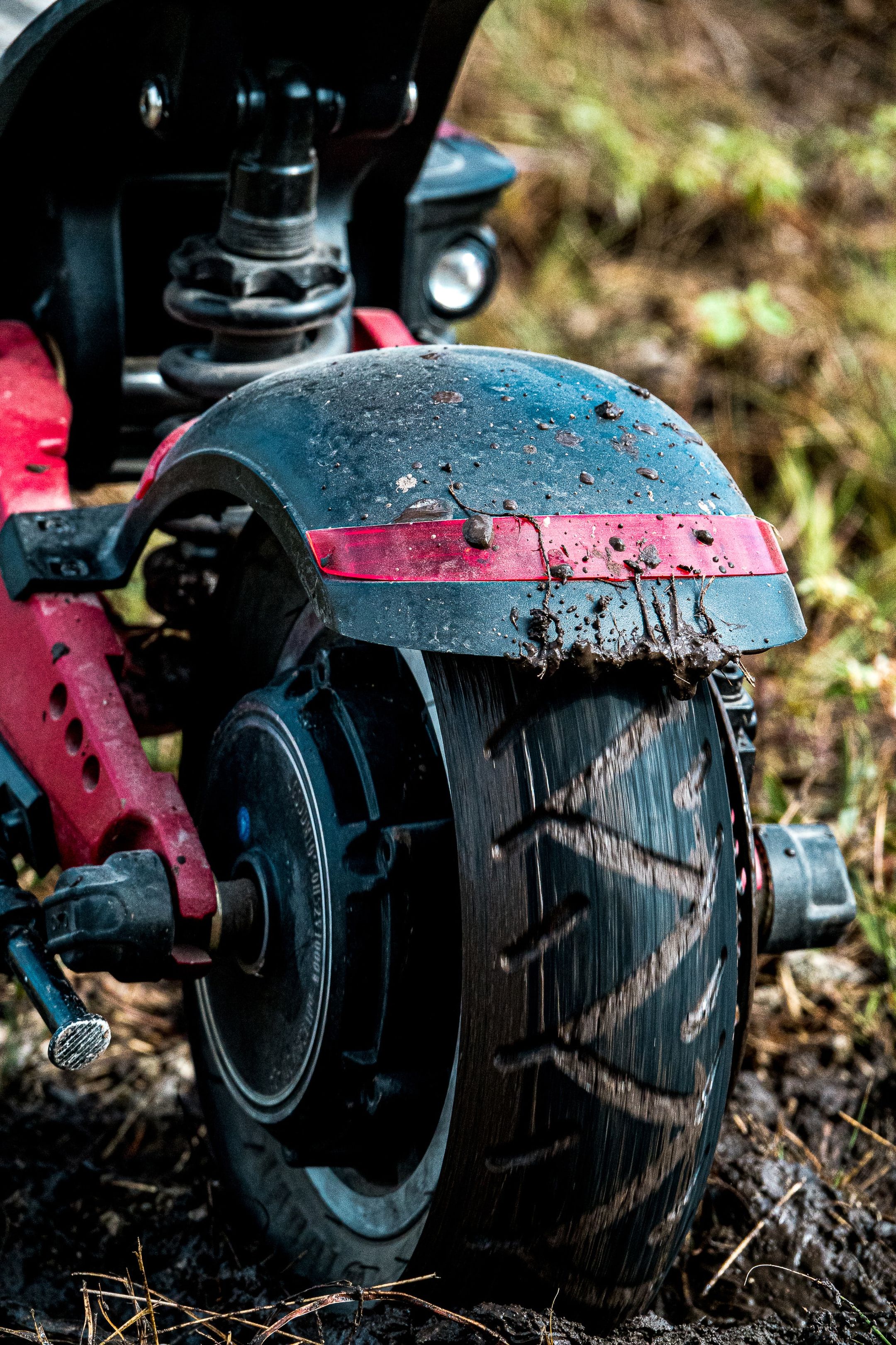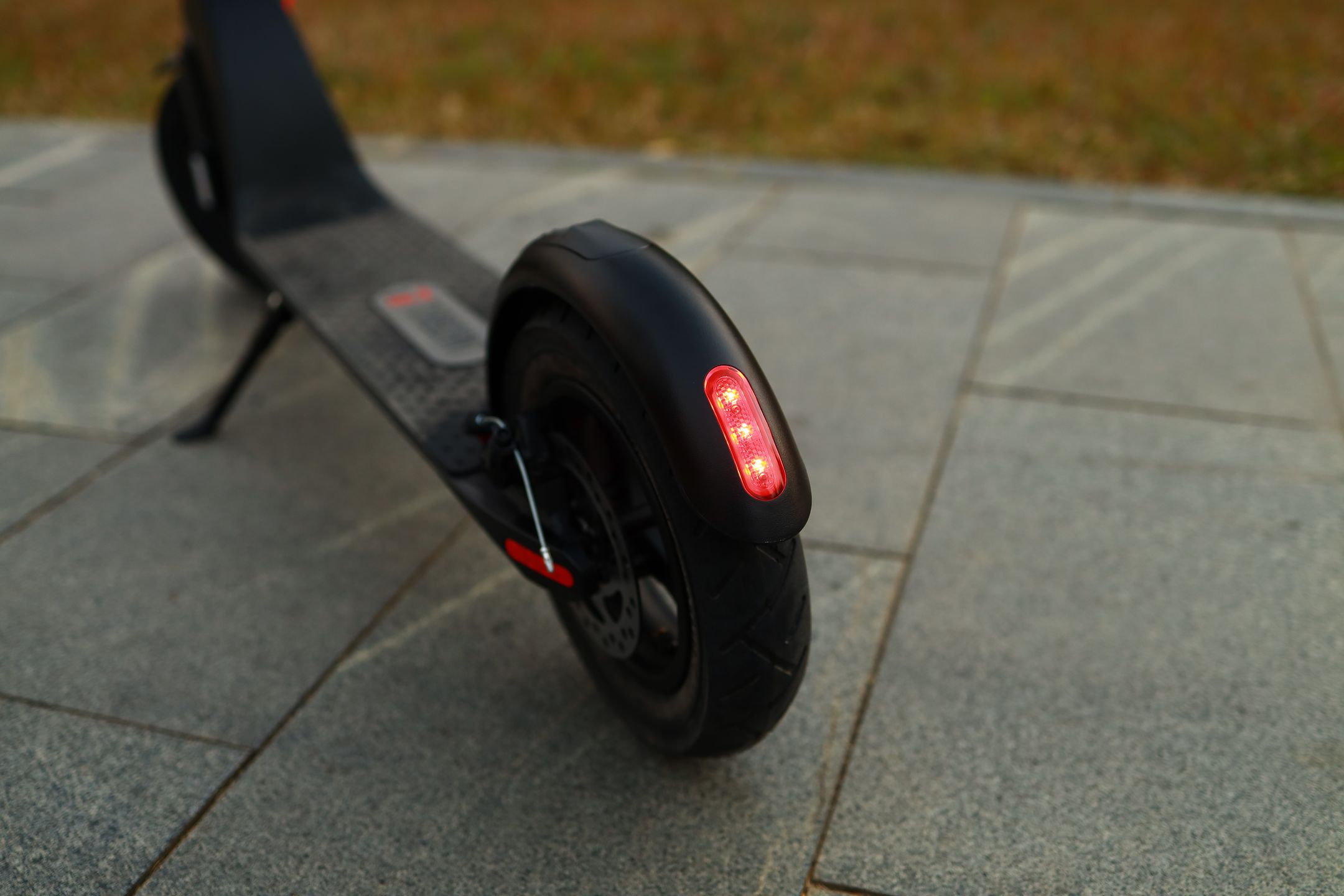
Unveiling the Secret to Optimal Riding: Ideal Pressure for Your Electric Scooter Tires
In the dynamic realm of electric scooters, the thrill often overshadows the crucial maintenance aspect. Beyond the joy of riding, proper upkeep is vital for safety, comfort, and performance. As electric scooters gain popularity globally, understanding tire pressure's impact emerges as crucial. Despite its seemingly mundane nature, tire pressure significantly influences the overall riding experience. Riders, often drawn to flashy features, underestimate its importance. Riding with pneumatic tires introduces the risk of flats, but our guide will unveil the differences among them. Before exploring nuances, let's start with the fundamental recommendation: tire pressure. Let’s go to a journey where we demystify the ideal pressure for your electric scooter tires. Join us as we unravel the secrets to enhance your electric scooter experience, ensuring both performance and longevity.
Why Does Tire Pressure Matter?
Before we dive into the ideal pressure, let's grasp the basics. Your electric scooter's tires are its unsung heroes, providing traction, stability, and a smooth ride. Maintaining the right pressure is crucial for optimal performance, safety, and even energy efficiency.Maintaining the right tire pressure isn't just about preventing flat tires; it plays a crucial role in various aspects of your electric scooter's performance. Suboptimal pressure affects speed, handling, and braking, making the ride slow and uncertain. Overinflated tires compromise safety, feeling stiff and reducing stopping power. The correct tire pressure enhances performance, lifespan, and scooter range. Regular checks, especially if you ride frequently, are recommended. Overinflated tires wear out unevenly, concentrating pressure in the center. Whether too low or too high, tire pressure significantly influences your scooter's responsiveness and control, impacting its overall performance on the road.
What are the Effects of Underinflation and Overinflation?
When your scooter's tires are underinflated, it's akin to dragging your ride through mud. The increased rolling resistance requires more effort from the motor, leading to a drain on your battery. Moreover, underinflated tires are more prone to flats, compromise your stability, and can even affect braking efficiency. On the flip side, overinflated tires might make your scooter feel bouncy, but it comes with its own set of drawbacks. A harsh ride, reduced traction, and an increased risk of skidding are common issues. Moreover, the tires' contact patch with the ground decreases, affecting overall stability. Finding the sweet spot for your electric scooter's tire pressure is akin to Goldilocks discovering the perfect bowl of porridge—not too hard, not too soft, but just right. The ideal pressure strikes a balance between underinflation and overinflation, both of which can adversely affect your ride.
What is the ideal pressure for escotter?
Now, the million-dollar question: What is the ideal pressure for your electric scooter's tires? Well, it depends on the scooter model, tire type, and the manufacturer's recommendations. A common range is 40-50 PSI, but always refer to your scooter's manual or the tire sidewall for precise guidance.
How do I Check Tire Pressure?
Regular tire pressure checks are crucial for maintaining your electric scooter's optimal performance, especially considering factors like temperature, load, and potential damage. Temperature variations influence tire pressure, making frequent checks vital in extreme climates. Heavy loads on the scooter require more air to prevent strain on the tires. Periodic inspections for punctures or damage, especially after encountering obstacles, are essential for preventing pressure loss. Monitoring these aspects ensures the correct tire pressure, positively impacting scooter performance, lifespan, range, handling, and braking. For regular riders, a weekly tire check is recommended, while occasional riders should inspect tires before each ride. Storing the scooter with flat tires can damage tubes and tires, emphasizing the importance of monthly checks and keeping the battery charged. Additionally, having an air pump and a tire pressure gauge on hand facilitates easy maintenance for air-filled tires, promoting a safe and smooth riding experience.
Additional Tips for Tire Maintenance:
Apart from maintaining the ideal pressure, keeping an eye on tire tread depth and promptly addressing any visible damage is essential. Rotate your tires periodically to ensure even wear, and replace them when necessary. These simple steps can significantly prolong the life of your scooter's tires.
Conclusion:
At Joyor, we understand the pivotal role tire pressure plays in the performance of our electric scooters. We recommend maintaining a tire pressure within the specified range to ensure an optimal and safe riding experience. It's not just about reaching your destination; it's about enjoying the journey with maximum efficiency and minimal hiccups. As we conclude our exploration into the ideal pressure for your electric scooter's tires, remember that this seemingly small detail plays a colossal role in your overall riding experience. Follow the manufacturer's recommendations, conduct regular checks, and embrace the joy of effortless, efficient rides. At Joyor, we are not just about manufacturing electric scooters; we are advocates for an exhilarating, safe, and eco-friendly way to navigate your world. Ride on, riders!


